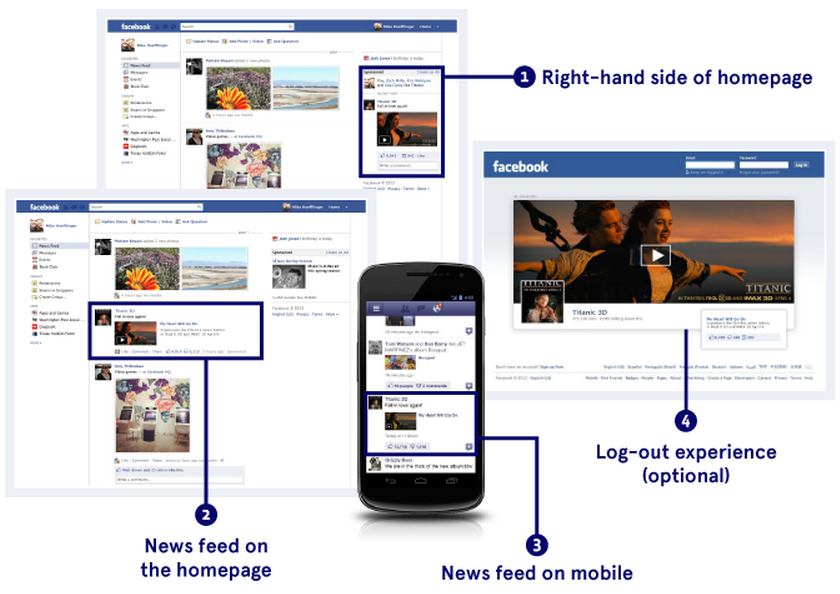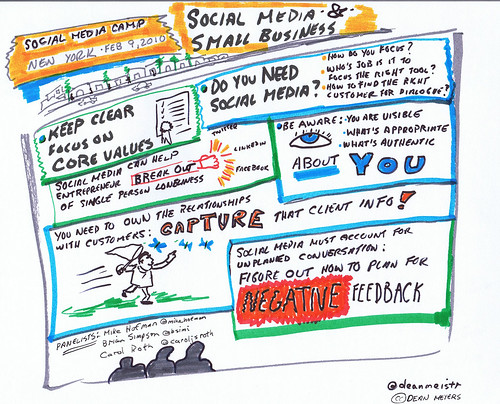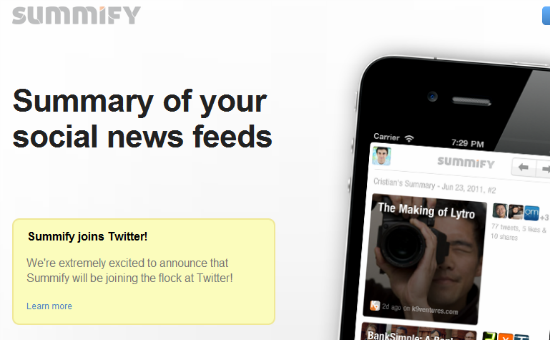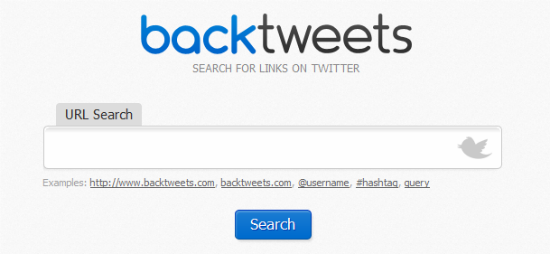eBooks are an essential part of internet marketing from a standpoint of providing solid information on a given subject matter. eBooks are normally sold throughout the internet marketing world along with free versions that are meant as an additional value to the visitor or potential customer. At this point I also offer 3 ‘free ebooks' on Social Media to those that subscribe via email to Social Media Core.
It is no secret that most of these free ebooks are written by an author who typically gives the ebook on a non-commercial license in order to share the information and at the same time possible draw traffic back to their website or upsell to another ebook or product.
Most people will search on Google or through time gather a collection of free ebooks. I like to use the social media strategy in having the free ebooks come to me. That is why I use a website calledScribd.com to check on new free ebooks on a given subject matter. In this case Social Media. Lately many have been uploaded to be shared. Of these, I have compiled a list of the current Top 25 free ebooks on Social Media. The order is random as quite honestly I have not read all of them. The 26th free ebook to the reader who reads all of them and gives me their opinion on the actual top order. Note: I have compiled a list of ‘true ebooks' that are in PDF and Word Doc format.
- Belonging Networks Corporate Social Networking
- Social Web Basics
- The 2009-2014 World Outlook for Advertising for Social Media Web Sites
- Social Media and Customer Service
- Center For Social Media - Youth As E-Citizens
- How Blogs and Social Media are Changing Public Relations
- Social media and the banking industry
- Social Media: 40 Places to Find Web 2.0 for Your Web Site
- Social Media Marketing Strategies Guide
- Nielsen - Pharma & Social Media
- The Need for Speed - Using Social Media to Speed Innovation
- What is Social Media?
- ComplexDiscovery - User Generated Content, Social Media, and Advertising
- Social Media Guide Release
- Social Media & Marketing - Online Networking & Advertising February 2008
- ebook: The Art and Science of Social Media and Community Relations
- What is Social Media? - Book 2
- Social Media Maps
- Social Media Manifesto by Brian Solis
- New Media Case Studies 2008
- The Impact of Social Media on Innovation - Josh Bernoff
- The Secret Underground Guide to Social Media for Organisations
- Customer Service: The Art of Listening and Engagement Through Social Media
- The Social Web Analytics eBook 2008
- The Essential Guide to Social Media
About Social Media Core Social Media Core was started as a blog to cover social media from 4 main focal points. The "Stars" of Social Media, Strategy, Technology, and Measurement. From within these 4 main focal points comments and opinions are encouraged on each blog post to better understand the past, current, and future state of Social Media and the impact from a consumer and enterprise level.




















